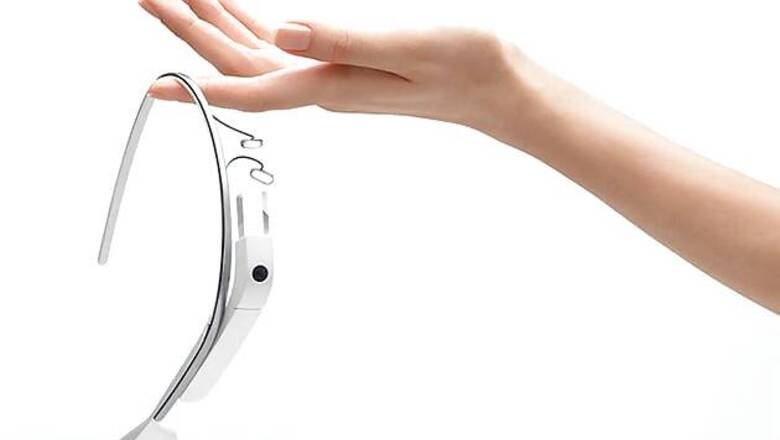
views
New Delhi: I had a chance to dance with Google Glass, the much-touted wearable device that Google has been experimenting with for some time now. Folks, have gone skydiving with it, on roller coaster rides, and various other adventures, in various parts of the world. I got mine on trial basis from a friend, probably among the few in India, who paid the astronomical $1500 for a set.
What you get is a nifty box, a few wires, for charging and downloading, and a set that's somewhere between Star Wars and Pranav Mistry's DIY kit for TED. My set was black, there are a white and silver version that is doing quite well in the US.
The Google Glass is a slim 2x2-inch plastic which is see-through screen, stuck to a black plastic bar, with a camera at one end and the earpiece optional at the other. The set is suspended from an aluminium band that wraps around with two pads that drop down to gain support from your nose bridge.
And then you say, "OK Glass", and the set comes alive. The screen lights up with text which looks 14 point size, and frankly after the first shock looks quite good. To navigate, you have voice, "Go Glass!" And other commands like click, share, reply, et al. Or you can stroke the plastic band!
Up-down is scrolling action as you browse menu items, forward and back on the band, and you can open and close the apps.
The beauty of the device reveals itself when you sync it with your phone. Two things happen almost instantly, you get your social feeds, i.e. Twitter updates and FB notifications streaming in.
So, if you are good with voice commands, and the set recognises your accent, you can reply to tweets, compose tweets, and updates on the fly. Of course, auto-correct is painful on mobile devices, with touch and type input and this, obviously needs more work. You can and often would send the wrong message to the wrong handle, and have to deal with 'instant' ignominy rather than gratification.
"Glass, click picture"- makes the device snap whatever you are looking at, and the quality of image is no worse, and depending on your usage as good as most images that trend on Instagram. Switch that to "record video", and the visuals and sounds you experience through the Glass streams onto your phone's app.
And we smuggled it into a Cold Play tribute concert in one of Mumbai's happening night clubs. Other than being severely stared at by the bar keep, and a few shy debutante's, the effect it had ranged from folks coming up to chat you up to have a look at it, to sashay and smile moves, in the hope of you posting a selfie with Google Glass. My friend, who has a stealth project on animation and augmented reality, got quite a few business queries, ranging from - hey! Can you lend this set for the weekend, to can we invite you over to our seminar.
And all the while, I was wondering what else can be done with the set. That use revealed itself on the way back, with Google Maps, the Glass becomes a heads-up display. And while Google has been discouraging its use when on the road, or in public spaces, with testers in the US being classified as "glassholes" probably based on nerdy public behaviour, the directions popping up in a tiny screen over your right eye, when you look up and right, is less distracting, and a whole lot better than squinting into your handset, while keeping your hands on the wheel.
So what's next? Apps and more apps!
While I don't think the set in its current avatar, shape, weight and size, is going to find widespread use, to my mind it's like the early cellphone (the brick-sized sets that had 2 hours of talk time between charges, and for their size had a LCD display no more than a calculator screen). Or even the PDA sets with styluses which a lot of business folks used, or even the early Blackberry with its monkey-paw shape.
But what it does, and very well, that too, is challenge the limits of human-computer interface and with the sets out for sale, prompts developers, designers, and all manners of creative professionals, to look at media, content and interactivity in new ways.










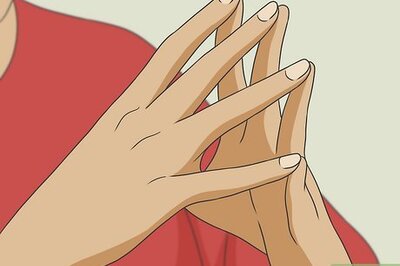
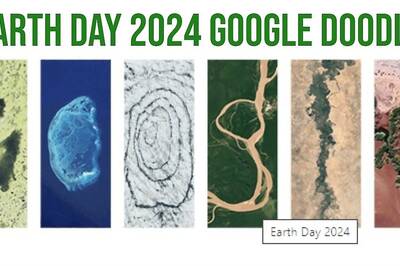
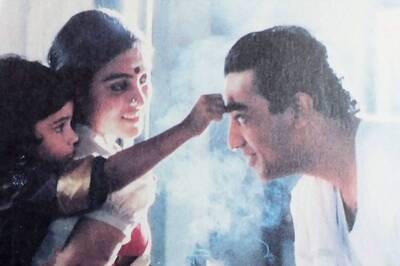



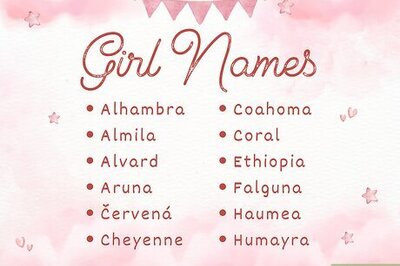



Comments
0 comment